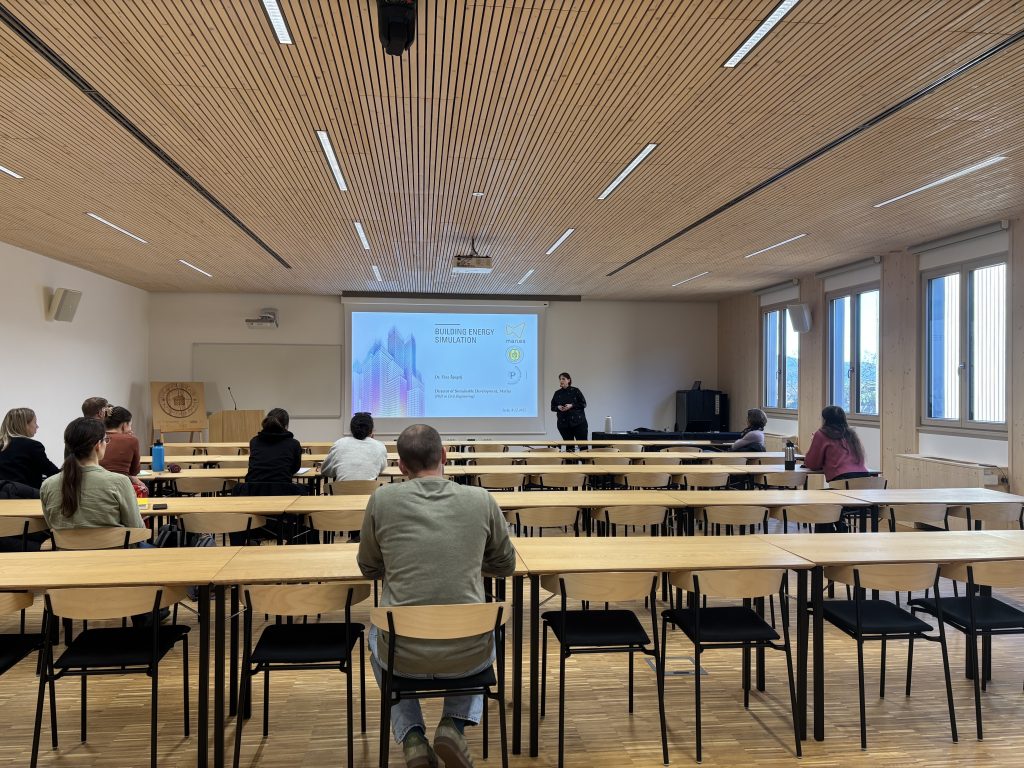
December 10, 2025

In the outdoor environment, bronze monuments and other cultural heritage are exposed to environmental factors that cause deterioration. On the one hand, human activities such as urbanization and mass tourism lead to increased pollution and amplify the monuments’ degradation. On the other hand, people can engage in the care of outdoor cultural heritage and help to conserve it for future generations. This was one of the objectives of the national research project “Protection of bronze monuments in the changing environment”, led by the Institute for the Protection of Cultural Heritage of Slovenia and funded by the Slovenian Research Agency.
At InnoRenew CoE, we contributed to the project with a social science study to better understand the perceptions and values of different visitor groups regarding cultural heritage. We also wanted to find out how to motivate people to use their mobile devices to take photos of damage on monuments, such as wear, corrosion and vandalism, and send them to our researchers. The idea is to generate a large collection of photos that will be used by scientists to study the deterioration processes in the statues’ material.
We conducted four focus group interviews with smartphone users in two Slovenian cities (Ljubljana and Koper) where we asked participants how they use cameras and other smartphone apps while traveling. We found that people are more motivated to take photos of cultural heritage when it allows for interaction, is part of a photogenic scene or attracts the visitor with its story. Regarding apps, we found that they should not demand too much of the visitor’s attention and that many people prefer websites to apps. In two of the focus groups, the participants were users of location-based games such as Geocaching and Pokémon Go, which can also have a role in promoting cultural heritage tourism. Detailed results are described in the research report (in Slovenian) and scientific paper published in the journal Sustainability (in English).
Based on the results of our study, we could have developed different communication strategies to invite bronze monument visitors to send photos, but we were limited to those that were feasible to implement when considering the available financial and other resources. Since several focus group participants mentioned reading and taking photos of information boards, we decided to use that format as the main communication channel. We decided to place an information board in front of the monument that was used as a case study in the project, the Tartini statue in Piran, Slovenia.
The information board was designed with text in three languages (Slovenian, Italian and English) and asked visitors of the Tartini monument to take photos of its damage, visit our website and upload their photos. According to our focus group findings, for some participants helping science would be a sufficient motivation to send photos. However, several participants stressed the importance of knowing how the photos were going to be used. Thus, we decided to develop a series of four educational videos to present the project’s different parts, from characterizing case studies of bronze monuments and developing effective protection systems for bronze to developing ICT tools to collect data and studying interaction with cultural heritage. After uploading their photos, website visitors will be redirected to our YouTube channel to watch these videos, which are also publicly available for anyone to view.
To encourage public participation in the collection of photos, we organized a scientific event to accompany the information board’s opening in Tartini Square. At the event, we presented the equipment that was used in the project. Several people stopped by, enquired about the project and took photos of the monument. The information board will be there until the end of February 2022. If you want to help preserve cultural heritage with a few simple clicks on your smartphone, you are welcome to visit.
Ana Slavec
Consulting Statistician at InnoRenew CoE